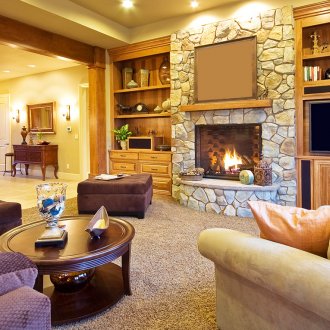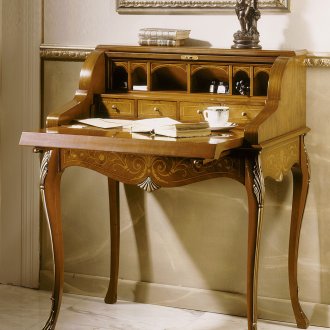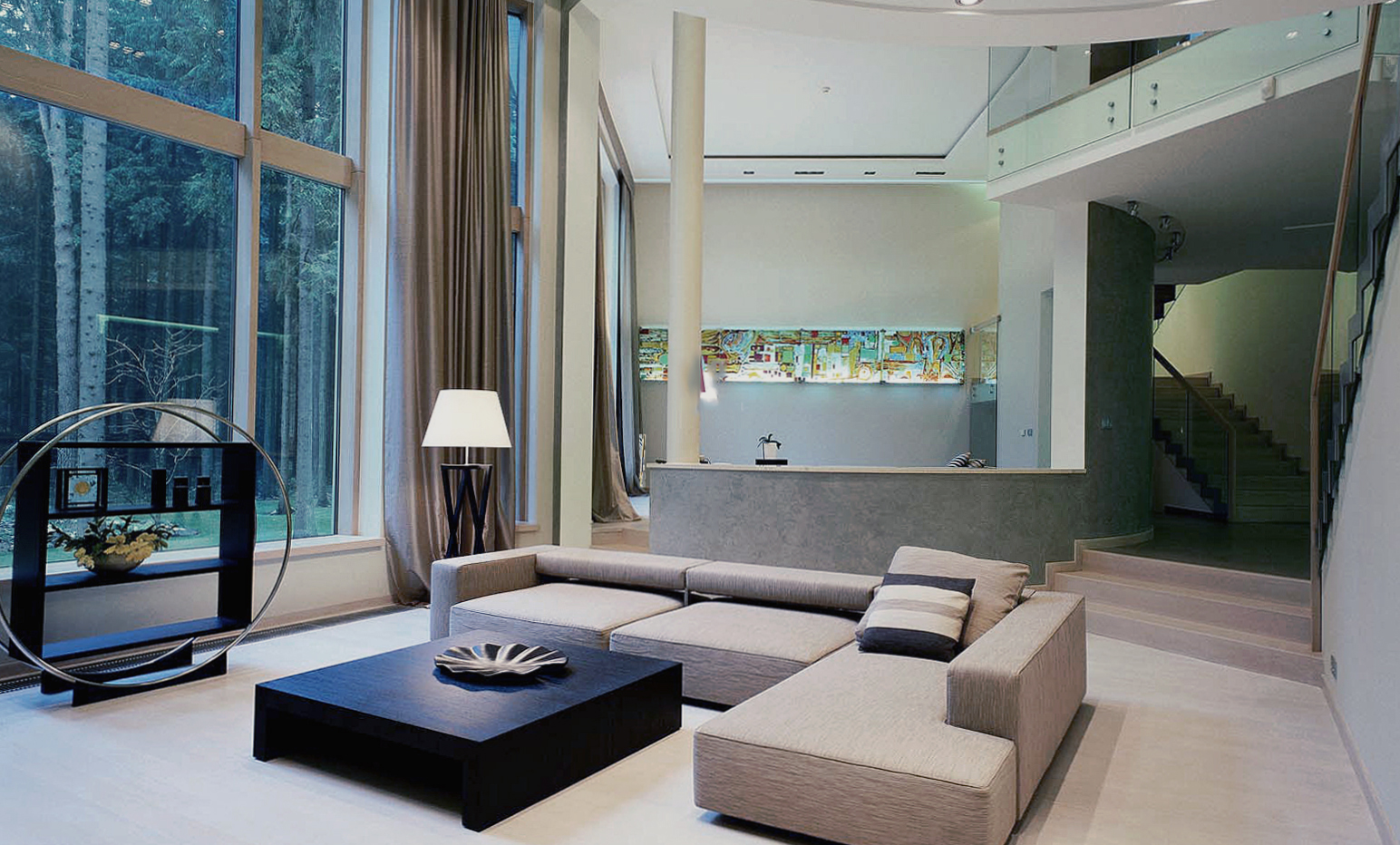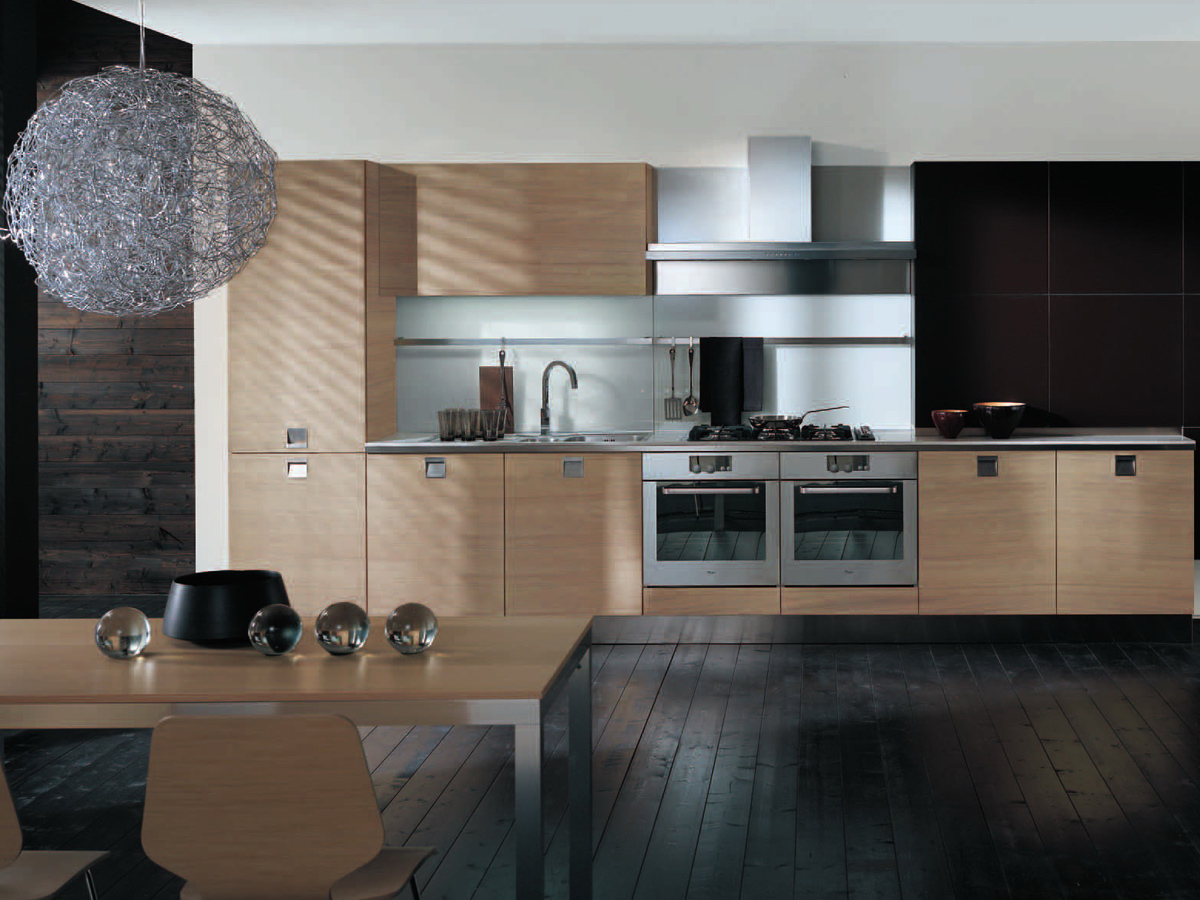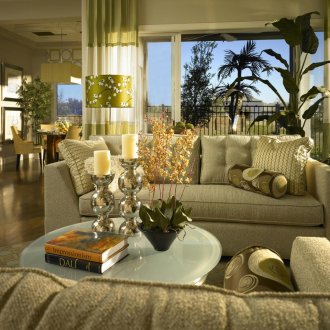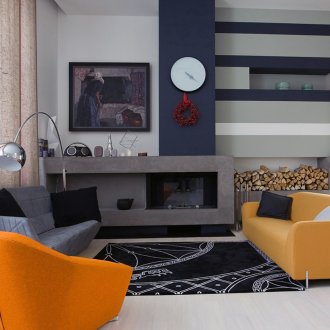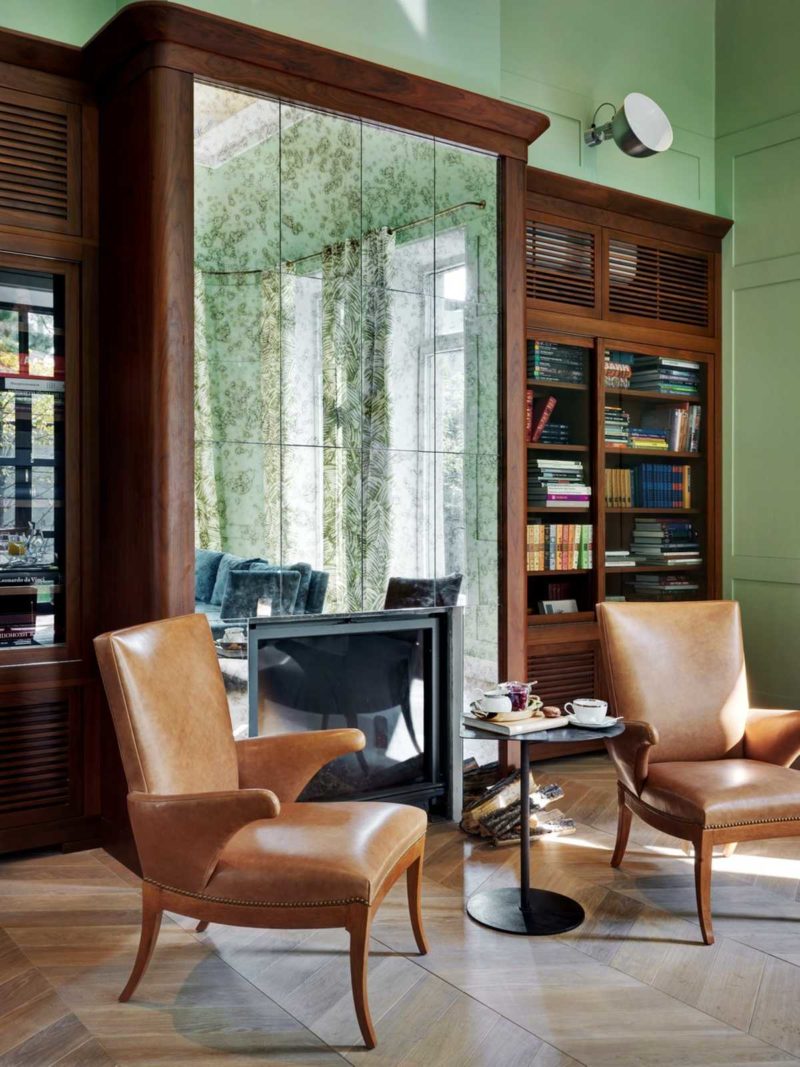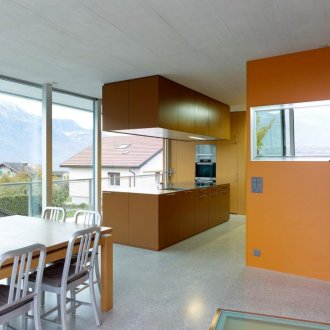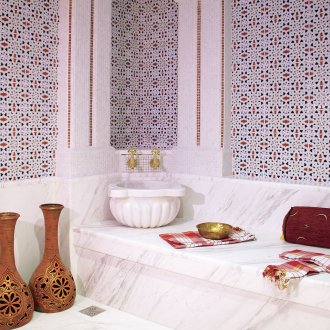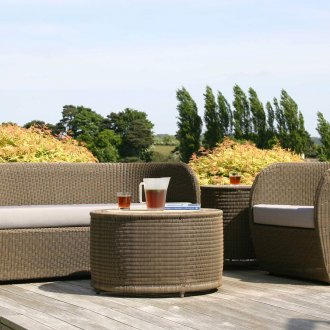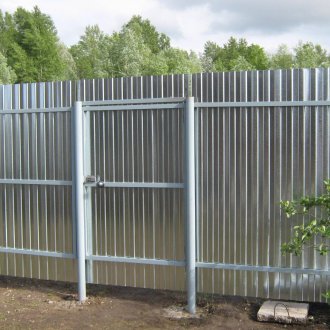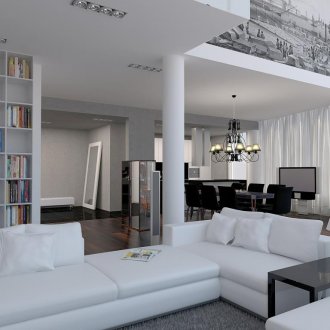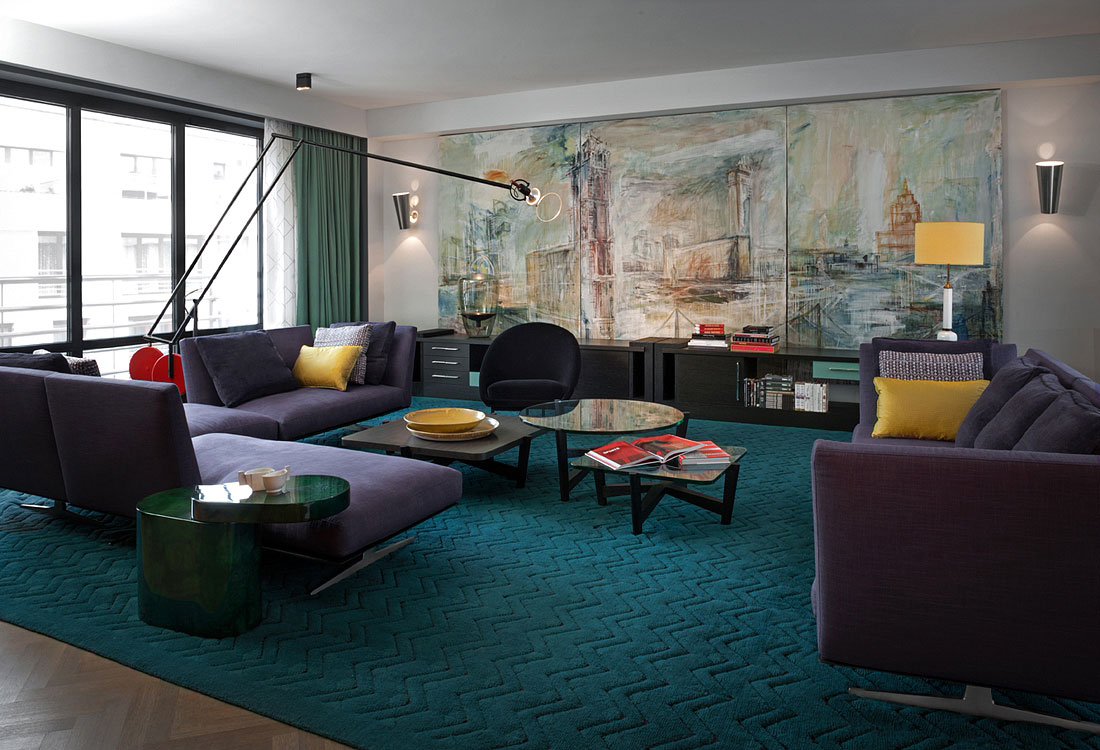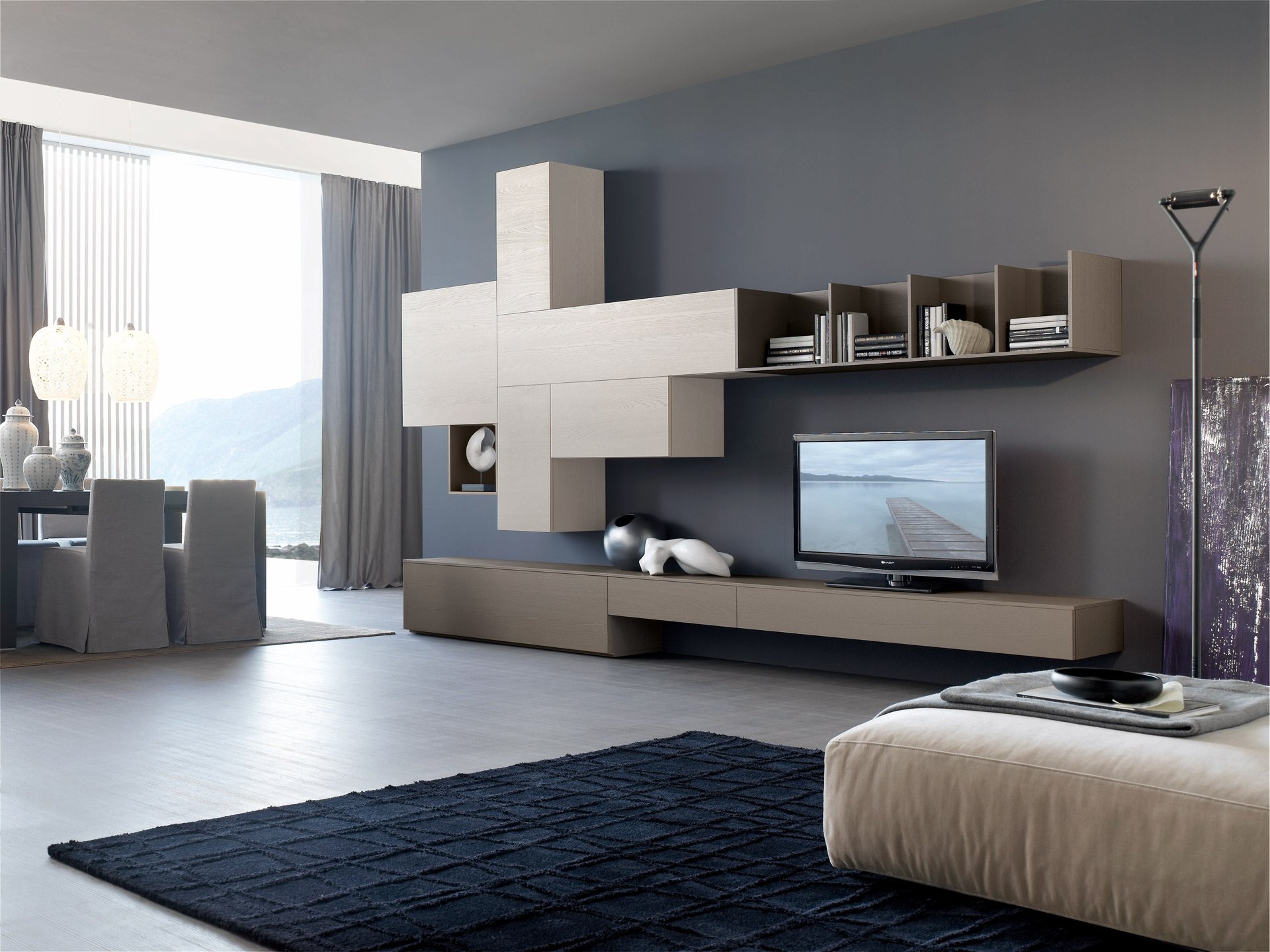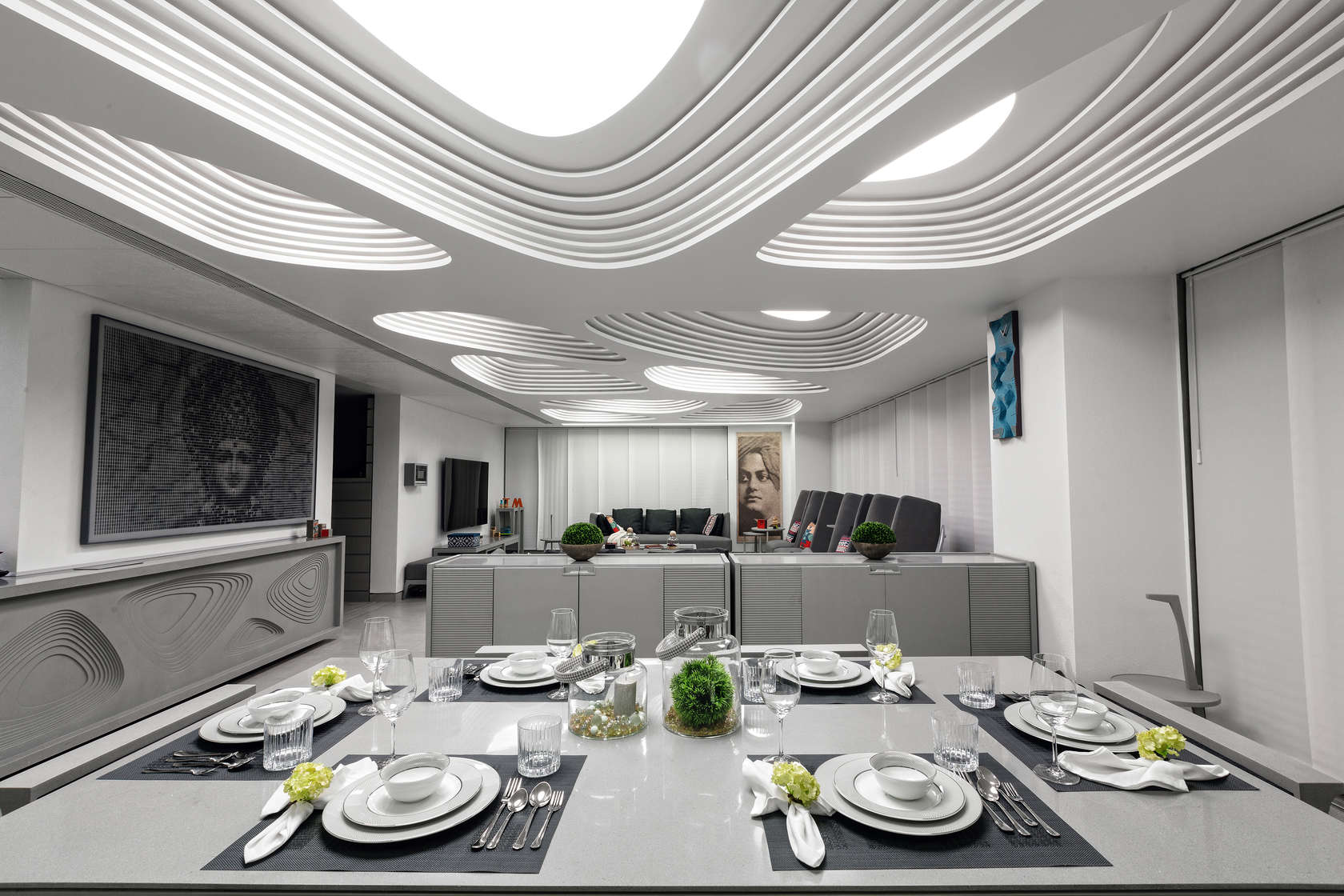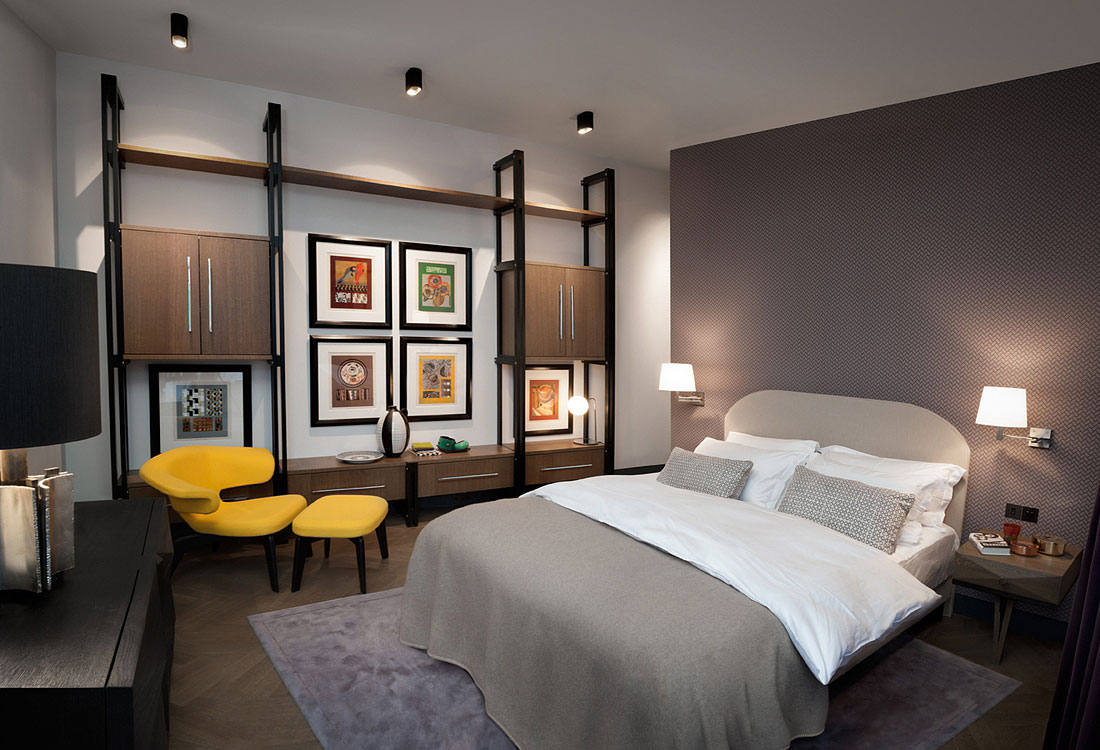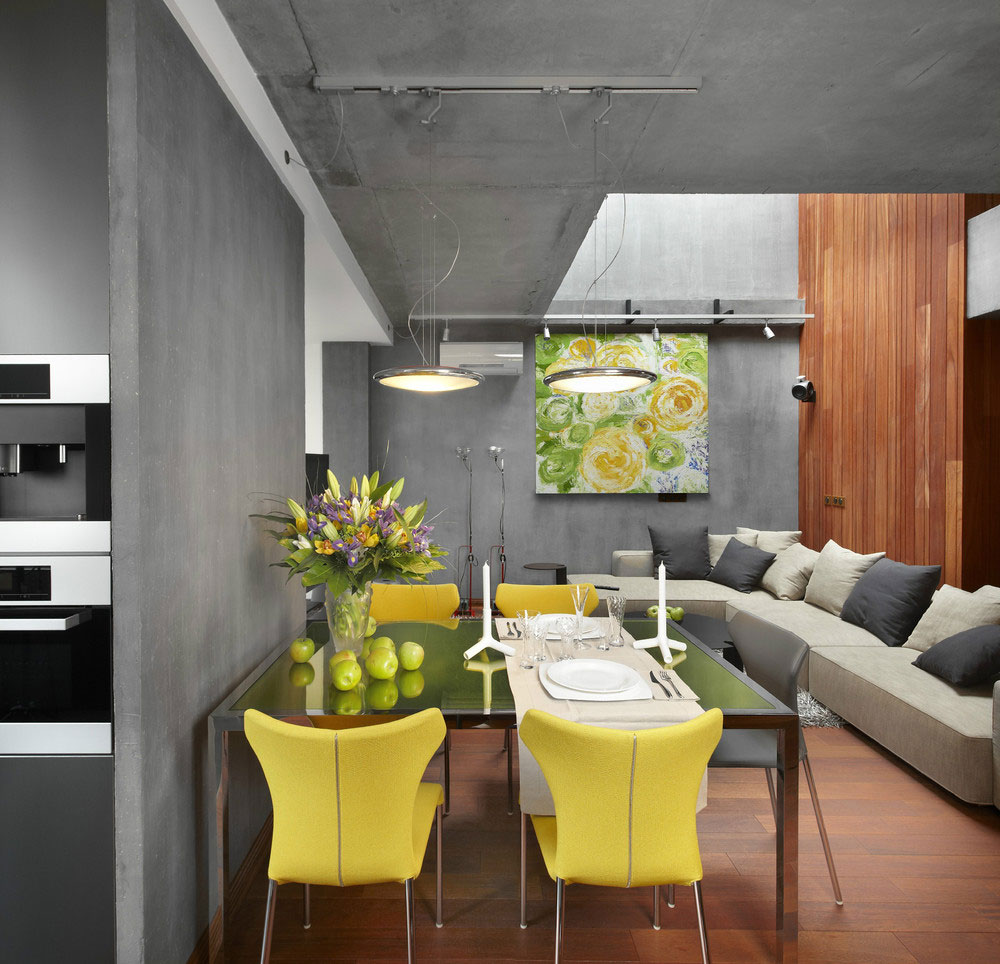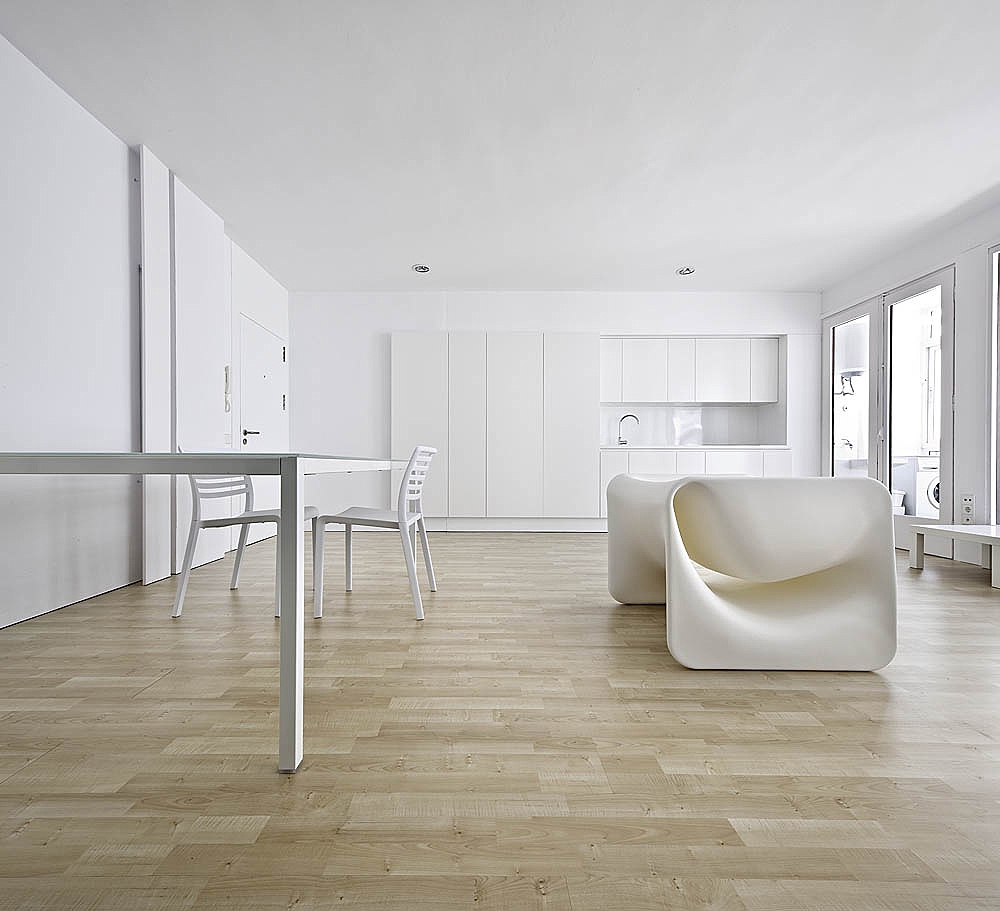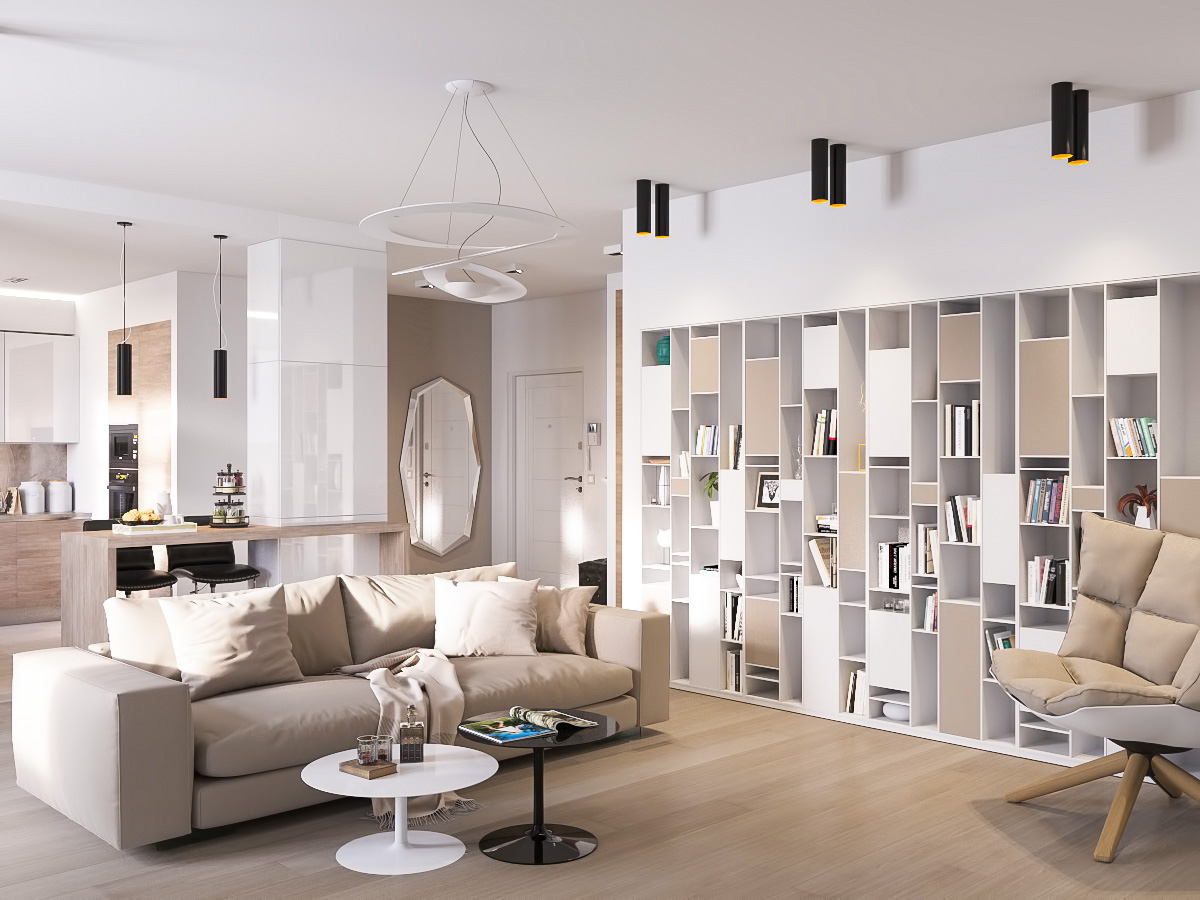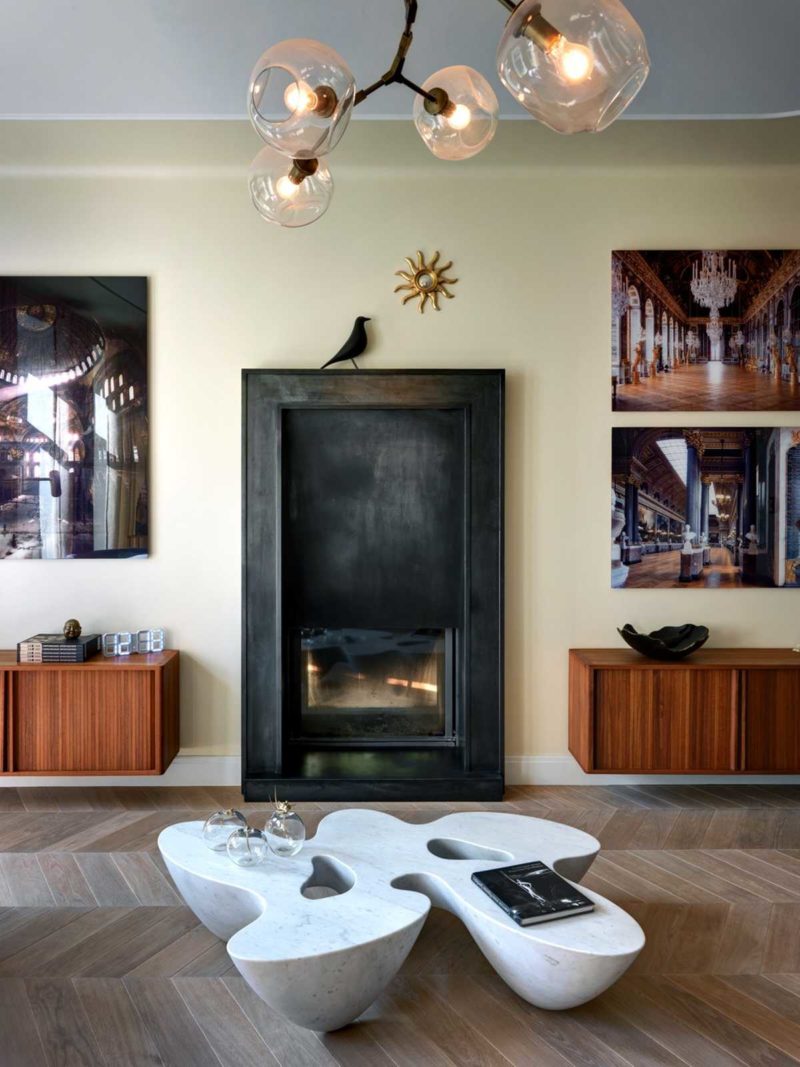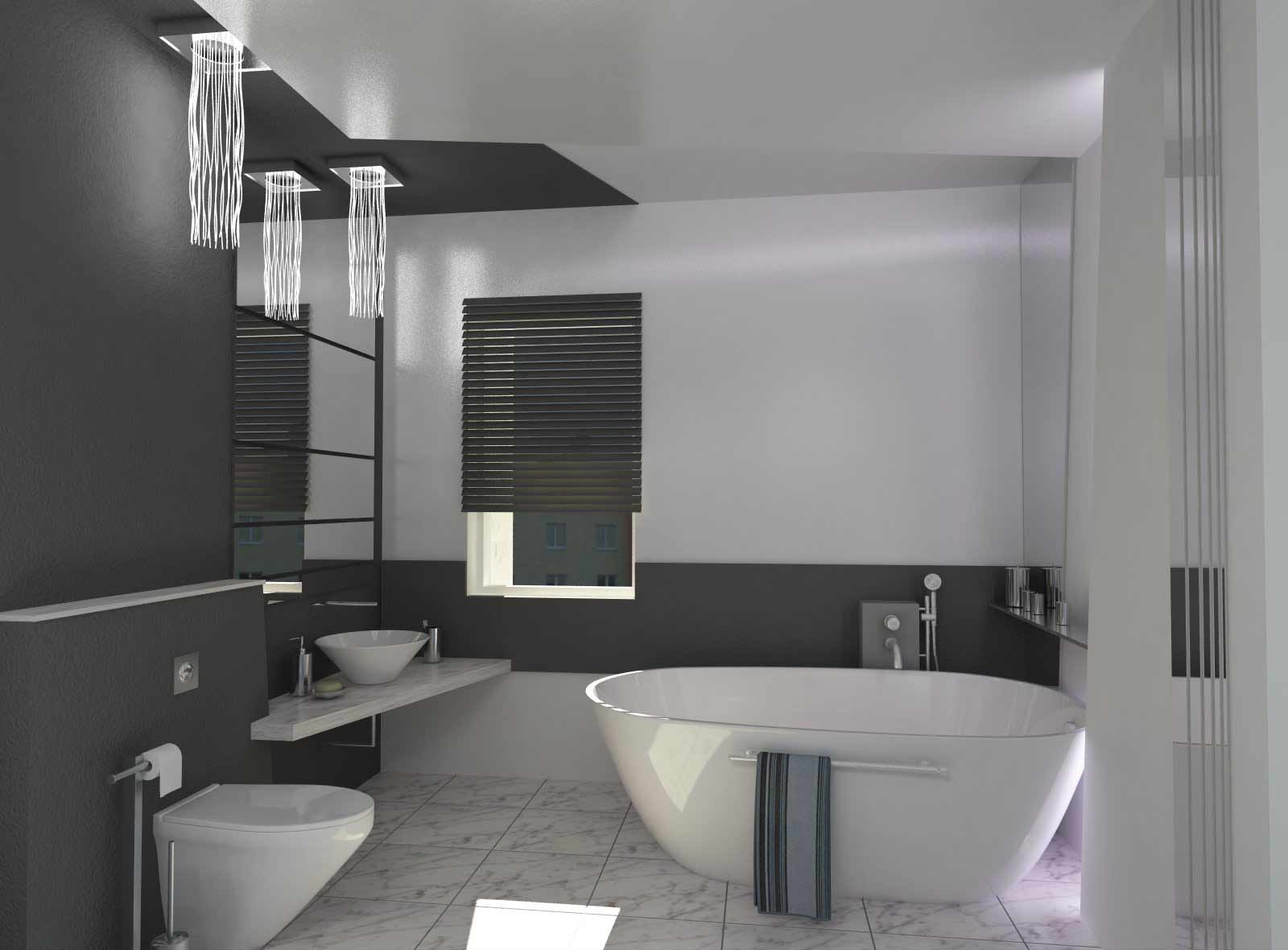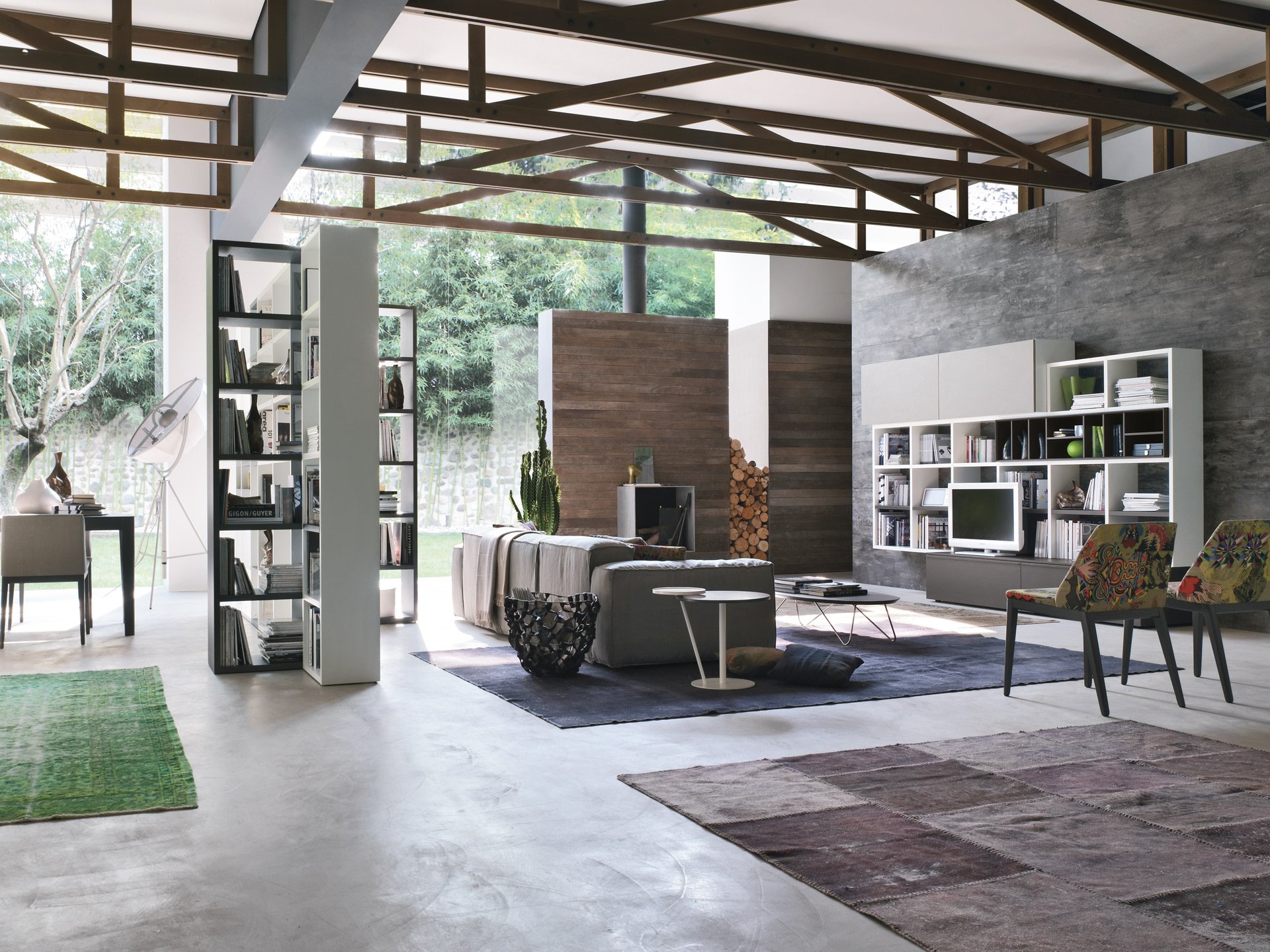Constructivism: simplicity without frills (24 photos)
Content
Everyday vanity, an abundance of things sometimes cause a desire to stop, rest, think about the meaning of life. Help in this can be a native house or apartment, decorated in the style of constructivism.
What is constructivism?
Constructivism is an avant-garde trend in architecture and art. Its characteristic features are laconic forms, straight lines, and wholeness of appearance. Creative natures, united in the organization, developed a scientific method of design based on the analysis of the functioning of structures. They abandoned the principle of "art for art", putting it at the service of practical life.
From the point of view of constructivists, for each function there is a most rational structure. It should serve the person and be beyond the whims of fashion, appropriate and convenient.
Constructivism Creed:
- every thing should be useful;
- the simplest execution, the complete lack of decor;
- the fewer things indoors, the better.
This direction is the brainchild of the Soviet Union, but constructivism in architecture has predecessors, the most famous of which is the Eiffel Tower in Paris.
History of occurrence
Constructivism as a lifestyle arose at the end of the 20s of the last century in Russia. The country, which survived the revolution and civil war, needed the simplest everyday items: tables, chairs, beds. It was no frills, it was necessary to quickly establish mass production of furniture. In addition, the main slogans of the era were industrialization, the revival of the economy, collectivism. Soviet designers created such furniture. Huge open public spaces such as factory kitchens and labor palaces were built.
The style lasted until the start of World War II and was revived in the 60s, when they started a struggle with everything bourgeois. The furniture of those years is chairs of medium softness and strict forms, the same chairs, dining and coffee tables. The third surge of interest was the result of the turmoil of the 90s.
Style features
The style of constructivism in the interior and design is recognized by several signs:
- strict forms;
- straight lines;
- pure colors;
- practical materials;
- complete lack of jewelry.
However, such features of constructivism do not make it boring. It is more reminiscent of the scenery for the film about the future, where the interior performs auxiliary functions, and people are more interested in flying to the stars than homeliness.
Although it is precisely rectangular joints that are characteristic, roundings are allowed, for example, in the armrests of armchairs, utensils or lamps.
Constructivism in design gravitates towards large, spacious rooms. Instead of partitions, mobile modules are installed. With their help, a private zone is created at will. Small wall niches are used as cabinets, racks, storage places, and relaxation areas are equipped in spacious rooms.
Stylish apartment
The interior, in order to claim the status of a constructivist, must meet certain requirements.
Color
A house in the style of constructivism is monochromaticism, that is, the monotony of the entire interior. Single bright accents are possible.However, there should be no more than three colors, including basic neutral white, black, gray.
Natural beige-brown gamut, red, blue, yellow colors are welcome. Dirty or complex shades are undesirable because they violate the unity and are out of style.
Decor
Apologists for constructivism equate it with crime. Less decisive tend to allow a minimum of clearance. These are smooth walls (no roughness or textured plaster), painted in bright pure colors, visually expanding the space of the apartment. Most often they are white, yellow, silver-metallic.
They use inexpensive natural and synthetic materials. Favorites - glass, plastic, metal. Of the traditional ones, a tree of simple species, flax, jute, and bamboo are in demand. Upholstery of furniture from simple natural materials, synthetics or artificial leather.
The notes of elegance bring progress: tinted glass, chrome details, composites like artificial stone, granite on the floor or walls.
Features of constructivism absolutely exclude motley, stucco molding, woodcarving, paintings in rich frames, artsy sculpture, long-pile carpets.
There are some concessions. For example, if there is no carpet without it, it can be laid, but it should be plain, non-marking, not knocking out of the main tone of the interior.
There may be paintings, glass or stone decorations of laconic simple forms. Allowed the combination of materials in one room, the design of the walls of one room in different ways.
Shine
Constructivism in design takes full advantage of natural light. Large, even panoramic or floor-reaching windows are welcome. Curtains are modest, in one layer, better than blinds.
Chandelier, other lighting fixtures are located exactly where you can not do without them. Their shape is geometrically correct, without curls or other "rich" decor.
One of the modern elements of the apartment is lighting, but it is used for purely practical purposes as an addition to the ceiling chandelier or floor lamps. Despite the purely utilitarian functions, it gives the room a unique mood. The backlight is an aesthetic functionality, a concession that softens the strict design, making it warmer, more comfortable.
Space
The classical concept suggests that space should be a single whole, without walls and partitions. It is only possible zoning the room with furniture or color. However, in modern apartments, to match the style, walls or partitions can be left.
In this case, congestion of the apartment with things is prohibited in any case. There should be as much empty free space as possible, and with it light, air, space. This design is especially appropriate in small rooms.
Furniture
Constructivism in interior design allows only that environment, which will be as if merged with walls or ingrown to the floor. The tabletops and seats are smooth, clear in shape, without decor, the legs are straight, quadrangular.
Constructivism rejects everything that interferes with the direct purpose of a particular subject. Only the functionality is important: it is convenient to sit on a chair, sleep on the bed, and have dinner at the table. They are complemented by shelving along the walls and open structures. All unnecessary cleaned in the built-in wardrobes.
Ceiling
One hundred years ago there were no problems and no choice: only whitewashing. The modern version allows concessions to progress, for example, tension structures or drywall, even at several levels. But the ceiling should be monochrome, preferably white. The stucco work, especially around the chandelier, wallpaper, relief tiles, is excluded.
Room decoration
The apartment, decorated in a constructive manner, immediately signals: serious people live here, they know exactly what they want from life.
Living room
Planning the design of the main room involves specific characteristics and includes several stages:
- Determination of the number of functional zones. Glass or acrylic partition panels, vertical structures fill the room with air, make it spacious.
- Color selection. Light colors are preferred.
- Shine. Built-in backlight. Unusually look lamps with different directions of light.
- Pictures, photographs, and other artistic "excesses" are permissible if they fit into the general background.
Cabinet
So that nothing distracts from work, enough built-in furniture, a chair or armchair, a rectangular table, a light source above it.
Bedroom
Here, constructivism involves a sofa of a modular type or an ordinary bed, a cabinet with lighting, better built-in. To make the awakening pleasant, you can lay a bedside carpet.
Kitchen
Large smooth ceramic tiles with hidden seams on the walls, built-in appliances, spotlights. Worktop, tempered glass niches. The capabilities of the built-in storage modules, the inner surfaces of the doors are fully used.
The dining area is as concise as possible: durable, stable folding chairs, folding table.
The dishes are simple, plain, preferably white made of porcelain, ceramic or glass. Towels, potholders, tablecloths, other textiles - from linen, without patterns, monochrome saturated colors.
Is this style relevant?
Yes, today it is in demand by many, no matter how strange it may seem. The furnishing of the apartment does not require special material costs, and the ascetic design sets up for an active, dynamic lifestyle. A minimum of things accumulates the same minimum of dust and dirt, simplifying home cleaning, so today this style has so many fans, even fans.
This is an attribute of the life of people absorbed in some idea, obsessed with knowledge of the world, travelers, scientists, for whom the material factor is unimportant. The situation is suitable for those who want to know themselves, will help personal growth.
Explicit constructivist features are visible in the latest high-tech, minimalism, loft. He is loved by the young generation, who lives mainly on the Web and does not want to burden themselves with unnecessary things.
Life strives for constructiveness; it is not by chance that modular, built-in furniture, multifunctional convertible furniture, flat-screen TVs were invented. A striking example of style is skyscrapers in megacities.
